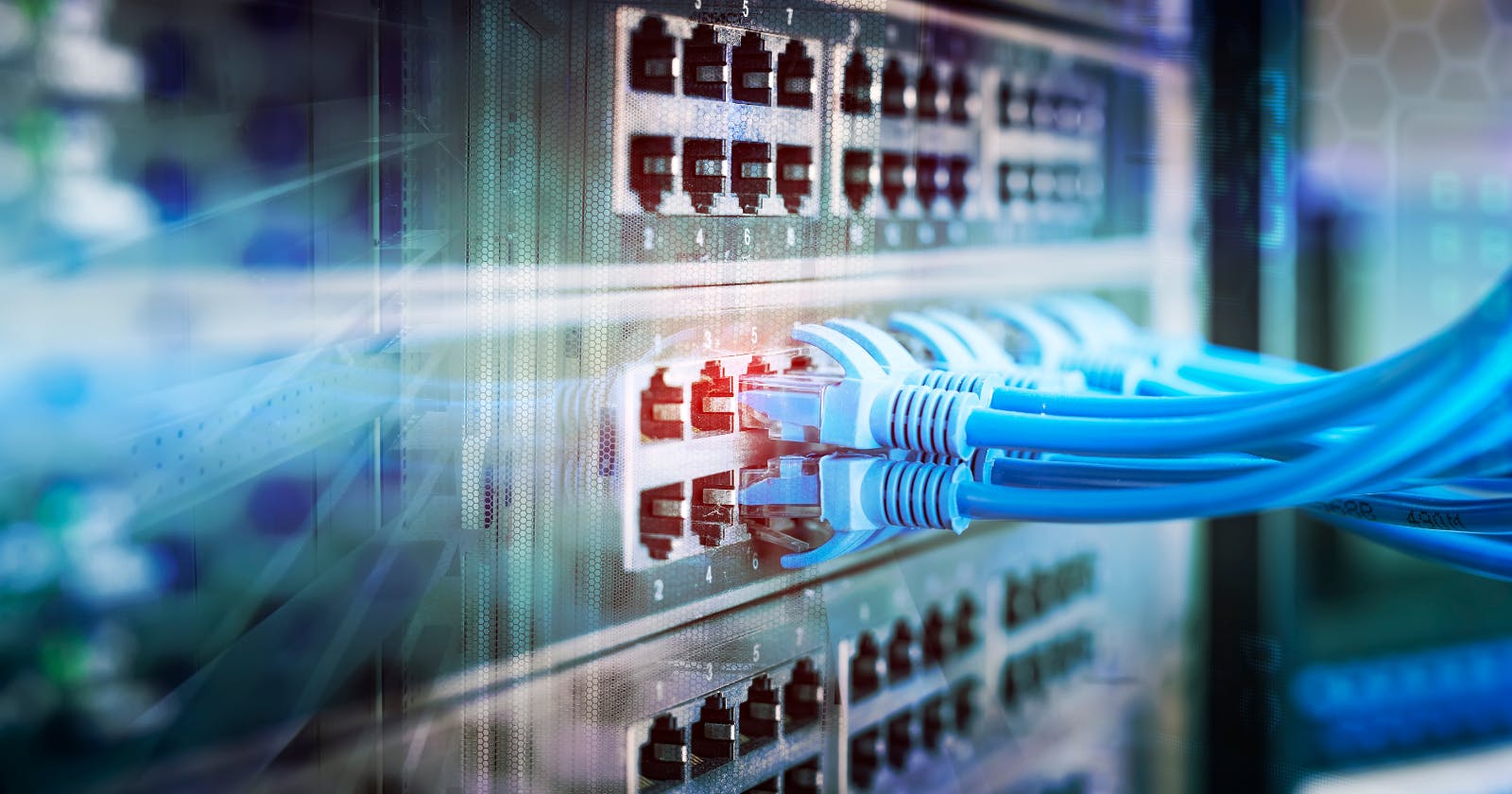

As computer networks have become more complex, the use of network protocols has become increasingly important. Network protocols define how data is transmitted over a network, and they play a vital role in ensuring that network communication is reliable and efficient.
In this comprehensive guide, we'll explore some of the most common network protocols and their uses. By the end of this article, you'll have a better understanding of how network protocols work and how they contribute to the smooth functioning of computer networks.
Section 1: TCP/IP
TCP/IP is one of the most widely used network protocols today. It stands for Transmission Control Protocol/Internet Protocol and is responsible for managing communication between devices on the internet. TCP is responsible for ensuring that data is transmitted reliably, while IP is responsible for addressing and routing the data across the network.
TCP/IP is used by a wide range of applications, including web browsers, email clients, and file transfer protocols. Without TCP/IP, we wouldn't be able to access the vast array of resources available on the internet.
Section 2: DNS
DNS, or Domain Name System, is another important network protocol. Its purpose is to translate domain names, such as example.com, into IP addresses that computers can understand. DNS acts as a directory service for the internet, allowing users to navigate the web using human-readable domain names instead of complex IP addresses.
DNS is used by virtually every application that connects to the internet, including web browsers, email clients, and messaging apps. DNS servers are responsible for storing and managing domain name records, and there are a variety of tools available for diagnosing and troubleshooting DNS issues.
Section 3: DHCP
DHCP, or Dynamic Host Configuration Protocol, is a protocol that is used to automatically assign IP addresses to devices on a network. In a DHCP-enabled network, devices can connect to the network and be assigned an IP address automatically, without the need for manual configuration.
DHCP is widely used in enterprise networks, where large numbers of devices need to be connected to the network quickly and efficiently. DHCP servers are responsible for managing IP address allocation and can also provide other network configuration information, such as subnet masks and default gateways.
Section 4: SNMP
SNMP, or Simple Network Management Protocol, is a protocol that is used for managing and monitoring network devices. SNMP allows network administrators to remotely monitor the health and performance of network devices, such as routers, switches, and servers.
SNMP is widely used in enterprise networks, where it provides a centralized method for managing and monitoring network devices. SNMP managers are responsible for collecting data from SNMP-enabled devices, while SNMP agents are responsible for providing that data.
In this comprehensive guide, we've explored some of the most common network protocols and their uses. By understanding how network protocols work, network administrators and IT professionals can better manage and troubleshoot their networks. If you're interested in learning more about networking, there are many resources available online, including books, videos, and online courses. With a little time and effort, anyone can become a skilled network administrator.
Support Matthew Hard by becoming a sponsor. Any amount is appreciated!